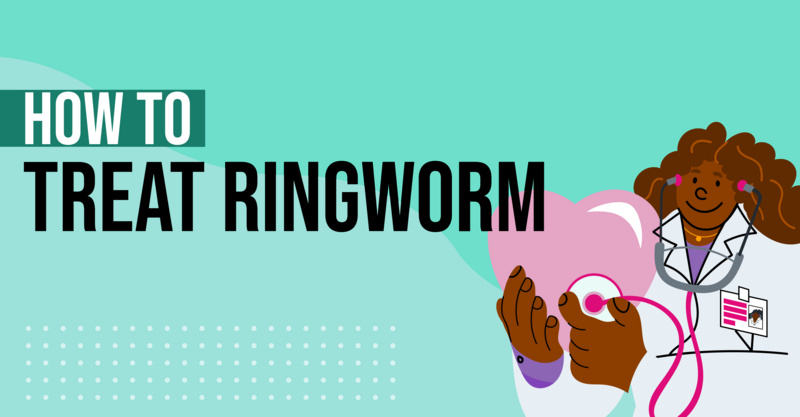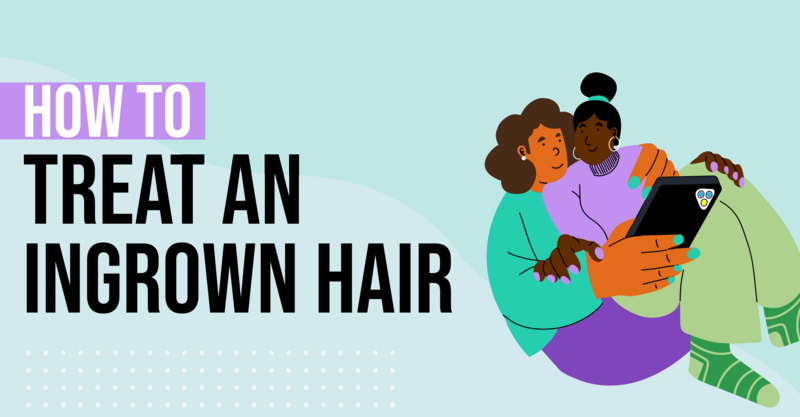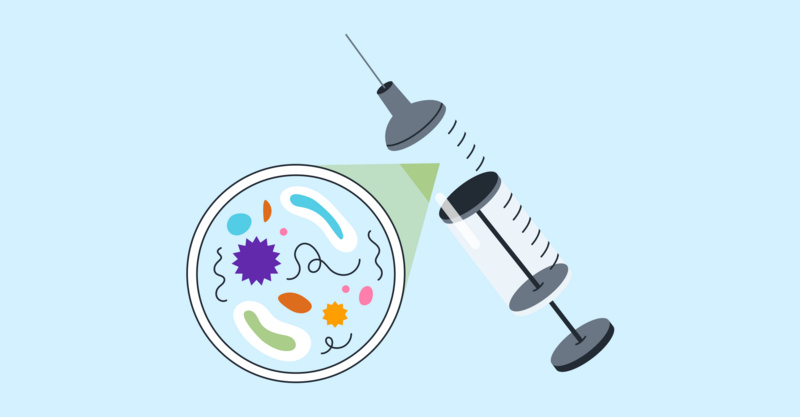Key Points
- The article provides detailed information on the symptoms of head lice, which include itchiness, a ticklish feeling on the scalp, sores from scratching, irritability, and visible lice or nits in the hair.
- It explains that head lice are spread through sharing clothes, items, and toys, sleeping in a lice-infested place, or playing with someone who has lice.
- The article suggests prevention methods such as maintaining hygiene, not sharing personal items, washing items used by guests, educating children about the risks of sharing, and regular checks for lice.
- Treatment options for head lice are also discussed, including using a special shampoo or comb, and treating everyone who has come into contact with the infected person.
Possible Symptoms for Head Lice
Head lice is a condition that occurs when a specific type of louse lives in the hair of a person.[1] Lice survive by ingesting human blood and can often go undetected in the hair on a person’s head for a considerable amount of time. They are very small, and they lay eggs, called nits.[2] Treating head lice can be fairly simple, if not somewhat of a nuisance.
1. Itchiness
Those with lice often feel itchy or notice themselves scratching their heads, ears, necks, and other nearby areas. Itchiness occurs because their body has an allergic reaction to the saliva of the lice in their hair.[3]
Itching is probably the most well-known symptom associated with head lice. Unfortunately, though, some individuals do not start experiencing the telltale itchiness until several days or even weeks after they have already become infected.
2. Ticklish Feeling on Scalp
You might start to feel a strange ticklish feeling on your scalp when you have head lice.[2] It occurs as the lice move around on your scalp. It can be different from the itching and often feels uncomfortable and creepy.
3. Sores
You may start to notice sores caused by scratching at your head and neck. These sores can be painful and sometimes become infected.
4. Grumpiness
Many people coping with lice become irritable because they are itchy and uncomfortable all the time. Irritability can also occur in someone suffering from head lice because they have trouble sleeping.[4] Lice are more active at night, making it hard for an infected person to settle down and sleep.
5. Seeing Lice or Nits
Of course, the strongest symptom is actually seeing little bugs or eggs in your hair, on your scalp, or in your brush. Lice look similar to sesame seeds and are usually tan, gray, or whitish. Nits are smaller and are usually white, yellow, or brown.
Top 3 Causes of Head Lice
1. Sharing Clothes, Items, and Toys
Children or adults who share their hair accessories, such as their brushes or hair ties, can cause lice to spread. Children or adults sharing clothing, such as hats, jackets, and even sports clothes, can also pass lice along.
Sharing other personal items, like towels or stuffed animals, is another way to spread lice. Head lice don’t jump or fly. Instead, they crawl.[4] This is why directly touching something that has touched someone else who has lice or having direct, head-to-head contact with someone who has this condition can cause it to spread to you.
2. Sleeping in a Lice-Infested Place
Reclining or sleeping on a surface where someone else who has head lice recently slept or relaxed, such as a pillow, couch, or bed, can spread head lice.
3. Playing
Children can easily get and spread head lice because they are more likely to have head-to-head contact while playing and do not adhere to the boundaries of personal items as adults do.[2] Kids at school might touch one another’s hair or lie with their heads together and think nothing of it.
5 Ways to Prevent Head Lice
1. Keeping Clean
Wash your clothes, hair, body, and accessories such as brushes and combs regularly, generally keeping good good hygiene.
2. Don’t Share
Refraining from sharing your personal items or clothes with others and refusing to use others’ things is a good way to avoid getting lice.
3. Wash Guests’ Items
Wash any items used by guests, such as towels, pillowcases, and other bedding after they leave.
4. Talk to Your Kids
Talking to your children about sharing items at school is important. Tell them that it can be fun and helpful to share with one another, but it can also lead to issues like head lice.
5. Make Frequent Checks
Check yourself for lice if you do experience the symptoms listed above. Do regular checks of yourself and your family members, especially if you have or work with children.
Possible Head Lice Treatment Options
There are several different options available for treating head lice, both in over-the-counter and prescription forms.[5] You should only use one product at a time, or else they can cause damage to your scalp.[2] Read the instructions on the product of your choice, and follow them thoroughly.
1. Shampoo
In most cases, people use a shampoo or other type of similar product to treat head lice. Usually, you leave these products in the hair for a specific amount of time and then rinse them out.
2. Comb
After the rinsing occurs, it is recommended that users go through their hair with a fine-toothed comb to find the nits and dead lice.
3. Treat Everyone
It is best to check — and, if necessary, treat — everyone who has come into contact with the lice-infested individual.
Questions Your Doctor May Ask About Head Lice
- How long have you been experiencing lice-related symptoms?
- Do you know how you contracted the lice?
- Are you looking to use an over-the-counter treatment or a prescription one?
- Have you checked your family members or other people you live with for lice as well?
Head Lice May Also be Known as
- Lice
- Louse (singular)
- Nits (eggs)
- Pediculus humanus capitis
- Pediculus
Frequently asked questions
What are the symptoms of head lice?
Symptoms of head lice include itchiness, a ticklish feeling on the scalp, sores from scratching, irritability, and visible lice or nits in the hair.How are head lice spread?
Head lice are spread through sharing clothes, items, and toys, sleeping in a lice-infested place, or playing with someone who has lice.What are some ways to prevent head lice?
To prevent head lice, it's recommended to maintain good hygiene, avoid sharing personal items, wash items used by guests, educate children about the risks of sharing, and regularly check for lice.What are the treatment options for head lice?
Treatment options for head lice include using a special shampoo or comb, and treating everyone who has come into contact with the infected person.What other names are there for head lice?
The article doesn't specify other names for head lice, but it mentions that there are other terms for the condition.How often should one check for head lice as a preventive measure?
The article doesn't specify a timeline, but it suggests that regular checks for lice are important for prevention.Can head lice be prevented by washing items used by guests?
Yes, washing items used by guests can help in preventing the spread of head lice.Is it necessary to treat everyone who has come into contact with an infected person?
Yes, it's recommended to treat everyone who has come into contact with the infected person to prevent further spread of head lice.
Solv has strict sourcing guidelines and relies on peer-reviewed studies, academic research institutions, and medical associations. We avoid using tertiary references.









